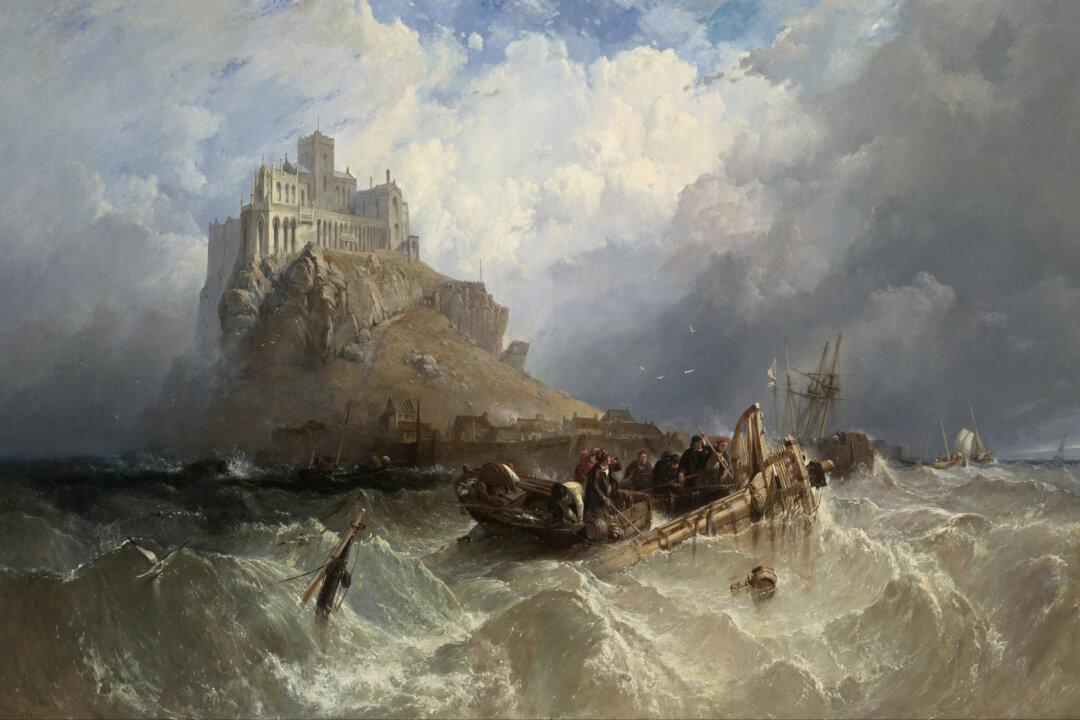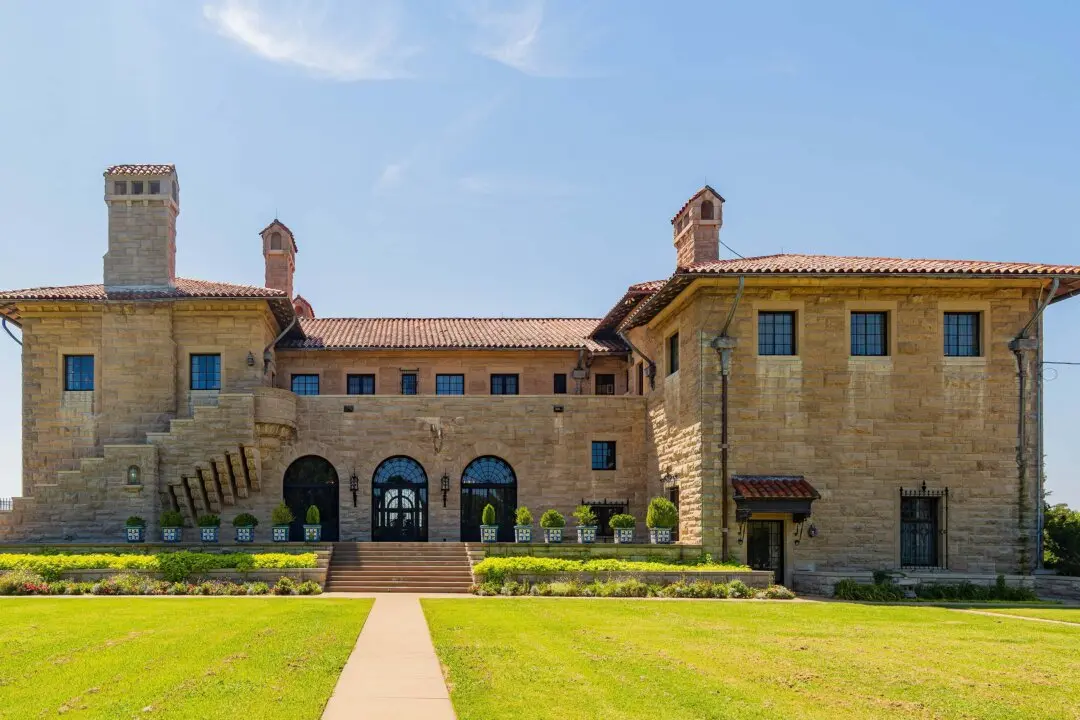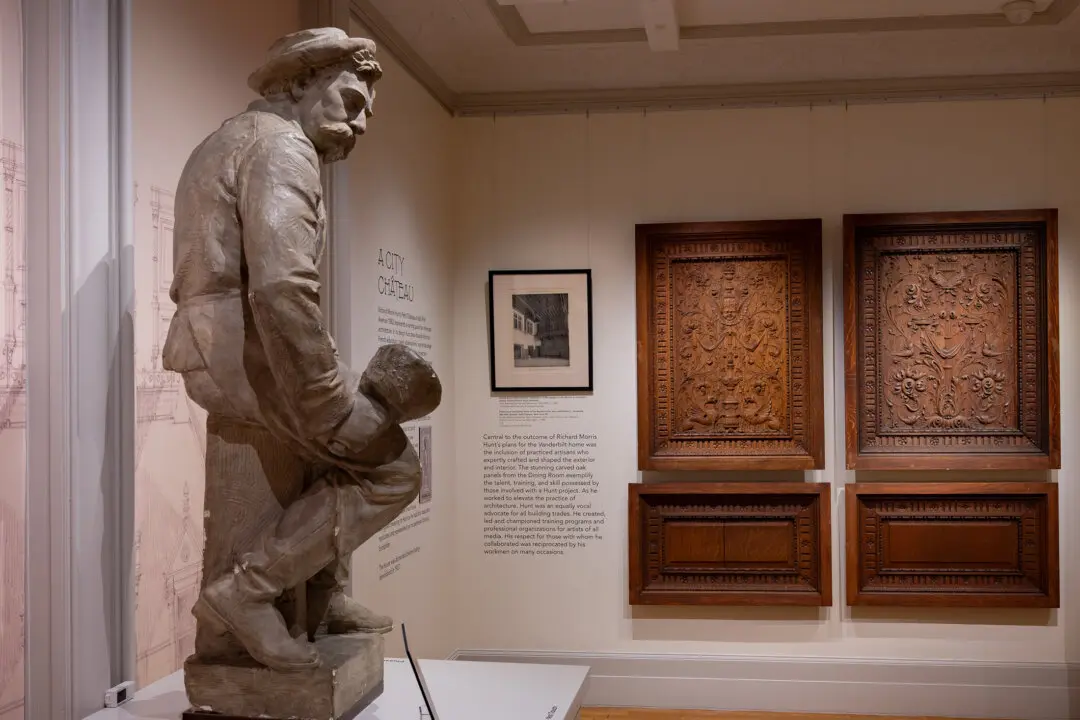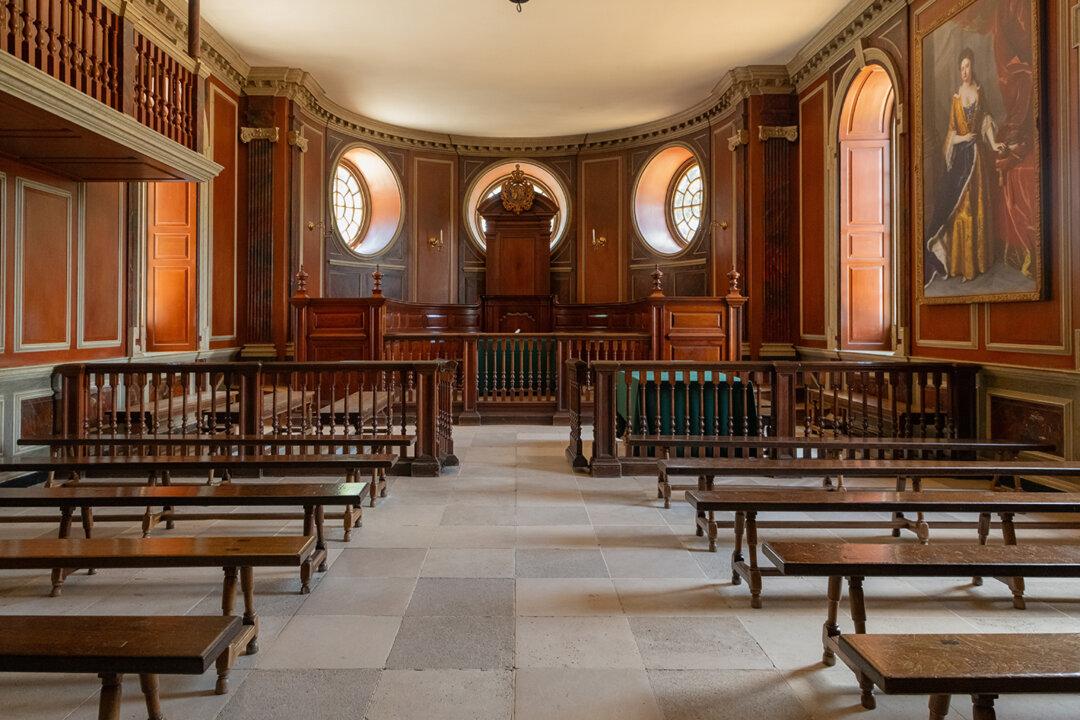While thumbing through an old volume of Charles Dickens stories, my attention was caught by an exquisitely rendered illustration: the woodcut of a belfry and doorway from the “The Chimes.” At the bottom of the illustration was the tiny signature by C. Stanfield R. A.

“The Old Church” by Clarkson Stanfield from “The Chimes,” 1845, by Charles Dickens. Internet Archive. Public Domain





